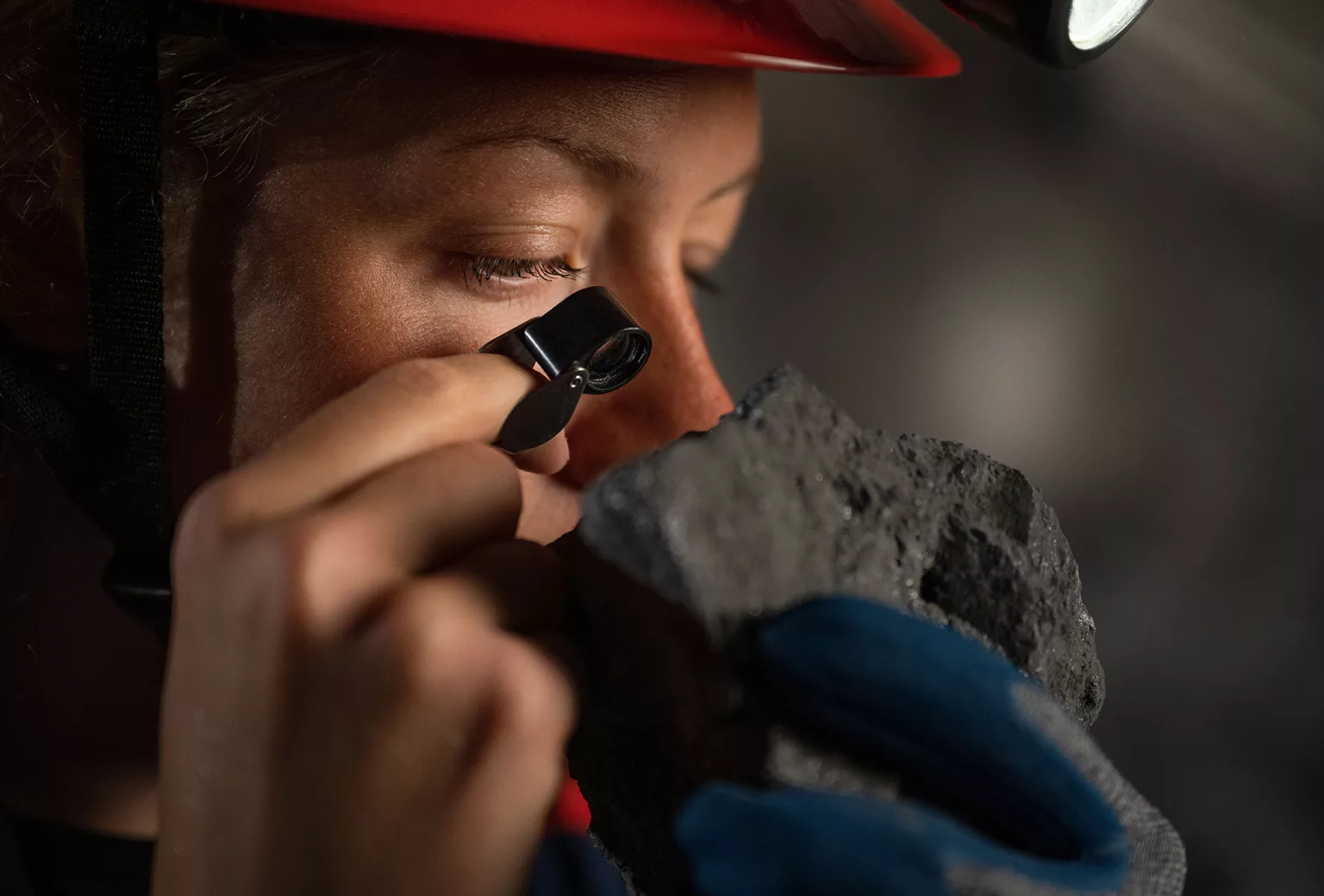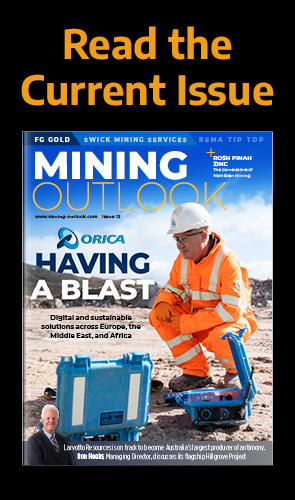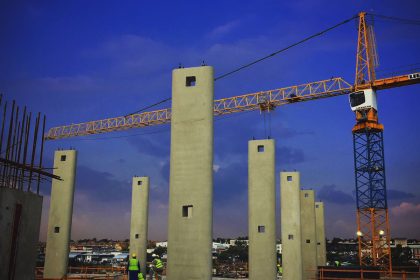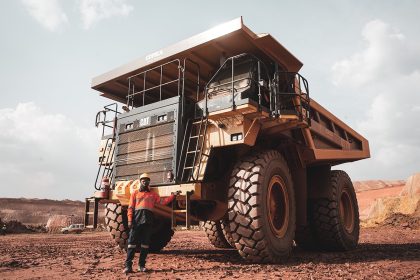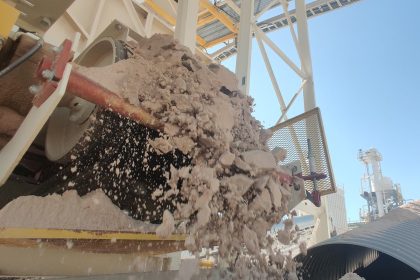Swedish state-owned mining company, LKAB, has identified Europe’s largest deposit of rare earth metals, an essential building block of the green transition
Electrification is expected to dramatically increase the demand for rare earth elements.
Among other applications, these metals are essential for the manufacture of electric vehicles (EVs) and wind turbines.
At a time of rising geopolitical tensions, growing demand will lead to global undersupply in a market completely dominated by China, a factor which increases the vulnerability of the European market.
Although no rare earth elements are currently mined in Europe, significant deposits have just been identified by LKAB in the Kiruna area of Sweden.
More than one million tonnes of rare earth oxides have been reported by the company following successful exploration, the largest known deposit of its kind in Europe.
This is good news not only for LKAB, the region and the Swedish people, but also for the continent and the climate, as it could become a significant building block for producing the raw materials that are crucial to enabling the green transition.
ROAD TO MINING
Despite this landmark discovery, the road to investigating and potentially mining the Per Geijer deposit is nevertheless a long one.
LKAB plans to submit an application for an exploitation concession this year, and has already began preparing a drift, several kilometres long, at a depth of around 700 metres in the existing Kiruna mine towards the new deposit to investigate it at depth and in detail.
The full extent of the deposit is yet to be seen by LKAB, who expect that it will take several years to investigate the deposit and the conditions for profitably and sustainably mining it.
Looking at how other permit processes have worked in the industry, it will be at least 10 to 15 years before the company can actually begin mining and delivering raw materials to the market.
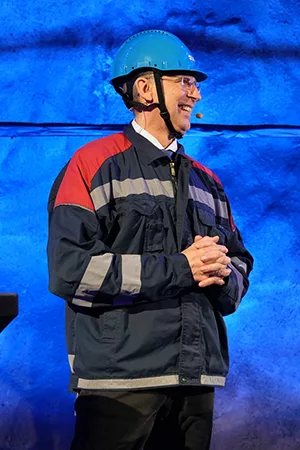
According to Jan Moström, President and CEO of LKAB, permit processes must be changed to “ensure increased mining of this type of raw material in Europe. Access is today a crucial risk factor for both the competitiveness of European industry and the climate transition.”
MEETING DEMAND
Per Geijer has the potential to become Europe’s most important mine for critical raw materials, and is in close proximity to LKAB’s existing operations in Kiruna.
The deposit contains up to seven times the grade of phosphorus, a critical mineral that is one of three nutrients in mineral fertilisers necessary for food production, as the orebodies that LKAB mines in Kiruna today.
Amounting to more than one million tonnes of rare earth metals in the form of rare earth oxides, the Per Geijer deposit’s assets would be sufficient to meet a large part of the EU’s future demand for manufacturing the permanent magnets needed for electric motors in EVs and wind turbines.



